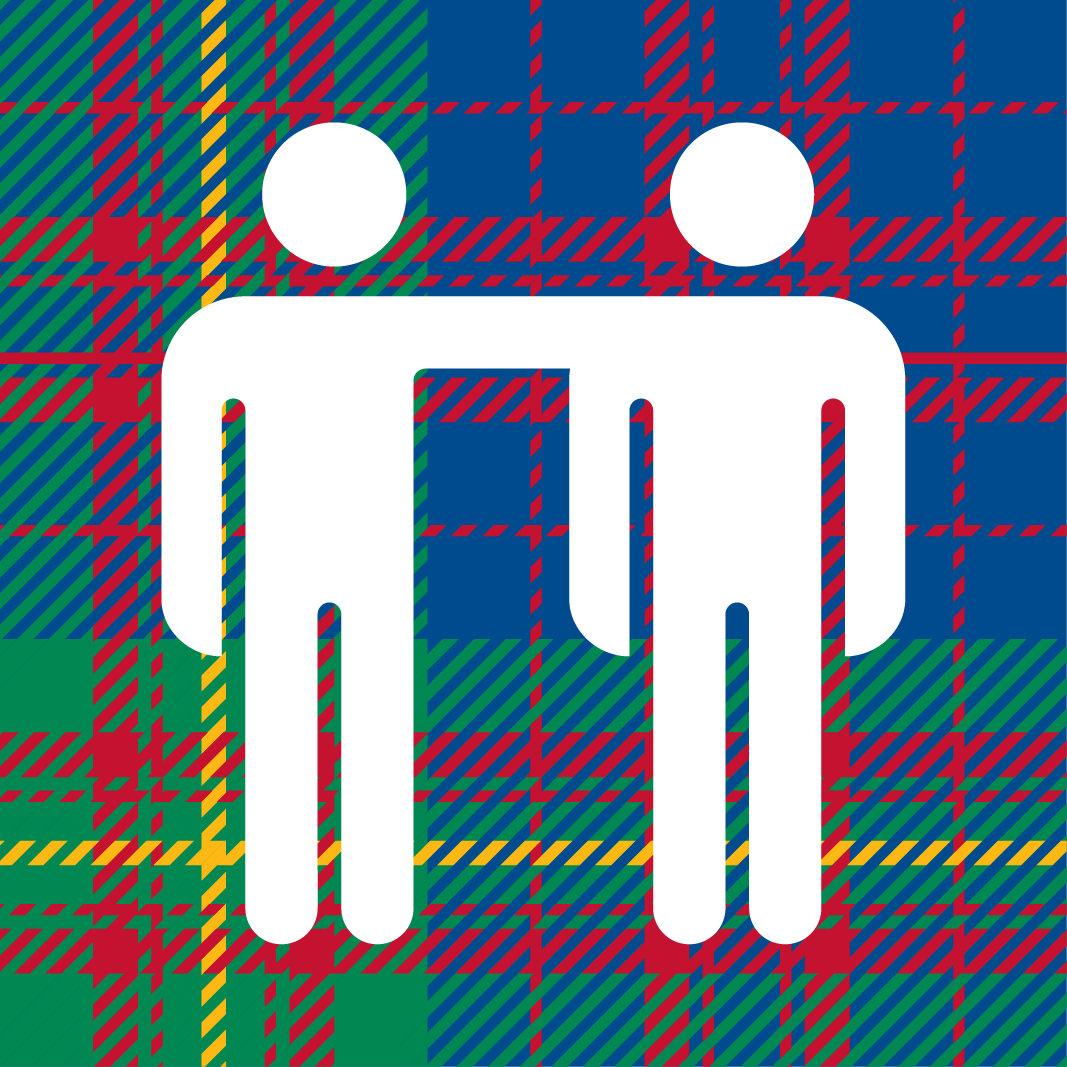We now live an age of nearly limitless connectivity, where trends and movements gain traction with often unpredictable levels of success and effectiveness. Because large movements can often be highly decentralized and disorganized, movements can often represent a wide range of views, altering their meaning based on who is carrying the movement’s flag at any given moment, at any given place.
Movements are a tangled web of moving parts. They are the photos and tweets accompanying hashtags. They are the leaders and activists who dedicate their lives to the movement’s success. They are the best, most inspiring moments, next to the lowest, most degrading moments. They are symbols of unity often as much as they are symbols of division.
Joining a movement, in today’s social media dominated culture, can be as simple as sporting a hashtag in one’s bio. Yet associating yourself with a simple slogan or hashtag can mean taking the good with the bad, the best and worst parts of a movement. This then asks the following question: what does one do in the situation where they agree with only parts of a movement? How can one effectively display their position within the landscape of varying opinions held within a movement? What does it even mean to be part of a movement? As movements are often the primary motivators to change, how does one decide when to bite the bullet, ignore what is disliked, and hop onboard?
Now more than ever, with movements appearing on social media in a matter of days, these questions matter.
